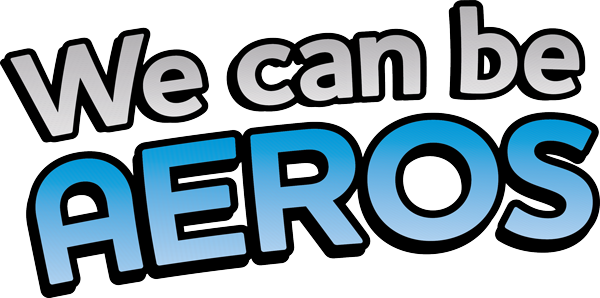This situation isn’t as uncommon as people think… you’re sitting at the dinner table with your family, and suddenly a loved one begins to choke. They’re trying to clear their throat, but nothing seems to be working. In a moment like this, it’s difficult not to panic – especially if you don’t have the training or expertise to help.
Fortunately, all it takes is a few minutes to learn what to do if someone is choking. Keep reading to find out more about the kinds of airway obstructions, symptoms of choking, and what you can do to help.
What is choking?
In medical terms, choking is called a foreign body obstruction. It occurs when an object or food becomes lodged in the throat, blocking the passage of air to the lungs. A choking incident can become a medical emergency that requires urgent attention if the blockage doesn’t clear quickly.
While food is the most common cause of choking, there are other conditions or objects that can cause choking – such as allergic reactions or, particularly for kids, small objects.
What to do if someone is choking
How you assist someone who is choking will depend on whether they’re experiencing mild choking or severe choking. Both forms are serious, requiring specific and urgent medical action.
Mild choking
If someone around you is experiencing mild choking, otherwise known as partial airway obstruction, they will exhibit the following symptoms:
- Gasping or laboured breathing;
- Small amount of air escaping from the mouth;
- Extreme agitation or anxiety;
- Coughing or ‘crowing’.
Note: If a person’s airways are only partially blocked, they’ll usually still be able to speak, breathe, or cough.
While someone who is experiencing partial airway obstruction will often be able to clear the blockage themselves, we highly recommend that you offer support or assistance.
To help someone who is experiencing mild choking, you should:
- Encourage them to cough hard – coughing helps expel foreign objects from the airways
- Advise them to bend down, if there’s an object in their mouth. This will help to dislodge the object blocking their airway.
- Refrain from putting your fingers in their mouth, as this can cause the person to involuntarily bite down on your fingers.
If coughing doesn’t work, deliver a ‘chest thrust’. For a full guide on performing chest thrusts, click here.
Severe choking
For severe choking, otherwise known as complete airway obstruction, the person will be unable to cough, breathe, or speak. They may also exhibit the following symptoms:
- Clutching the throat with both hands;
- Lips, face or fingertip turning blue, which indicates a lack of oxygen;
- Putting fingers down their throat, to try and remove the foreign object.
If that person doesn’t receive help, they’ll eventually lose consciousness. To help someone experiencing severe choking, we recommend performing chest thrusts.
To deliver a chest thrust:
- Support the person’s back by…
- placing your hand on their back, or
- having someone stand behind them to provide support, or
- positioning them against a flat surface, like a wall.
- Perform a compression “at the same point on the chest that is used when providing chest compressions during CPR”. You should deliver this compression sharper and slower than a CPR chest compression.
- Check if the blockage is cleared. If not, repeat these steps.
If the person’s airways are still blocked after performing chest thrusts, call 000 immediately – and if they become unconscious, you should begin cardiopulmonary resuscitation (CPR).
Every year, more than 80 people die from choking in Australia. If you know what to do if someone is choking, you may be able to save a life.
For information on Aero CPR and Airway Guedel products, please visit our products page.



